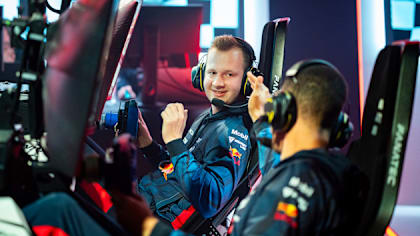)
Feature
STRATEGY GUIDE: What are the possible race strategies for the Japanese Grand Prix?

Share
)
The iconic Suzuka circuit has delivered some thrilling races over the years and we have all the ingredients for another classic this weekend after limited dry weather running and a mixed forecast for the race. So before the action starts, let’s take a look at some of the different options that are available to the teams for the race in Japan…
What’s the quickest strategy?
Unlike last week in Singapore where the was an obvious quickest strategy ahead of the race, this weekend it’s a much less certain situation ahead of lights out due to the weather that has been seen so far. Friday’s running was completely wet and not a single lap was completed on slick tyres.
READ MORE: Verstappen beats Leclerc and Sainz to pole position in ultra-close Japanese GP qualifying
That limited the ability for the teams to carry out any race simulations in the dry as they usually would in FP2, and instead they had to cram all of their learning on the three compounds into the final practice session on Saturday.
The signs from that are that the quickest strategy is to carry out a two-stopper due to the higher levels of degradation seen so far this weekend, with the softer compounds the preferred option.
Starting on the soft, a first stint of anything over 15 laps would then open up a pit window to switch to the mediums, but the stint lengths will need to be kept relatively similar to avoid losing too much time as the tyres degrade, and also to avoid being undercut.
That means a second stop could come as early as Lap 31 and leave drivers trying to pull off a final stint of more than 20 laps.
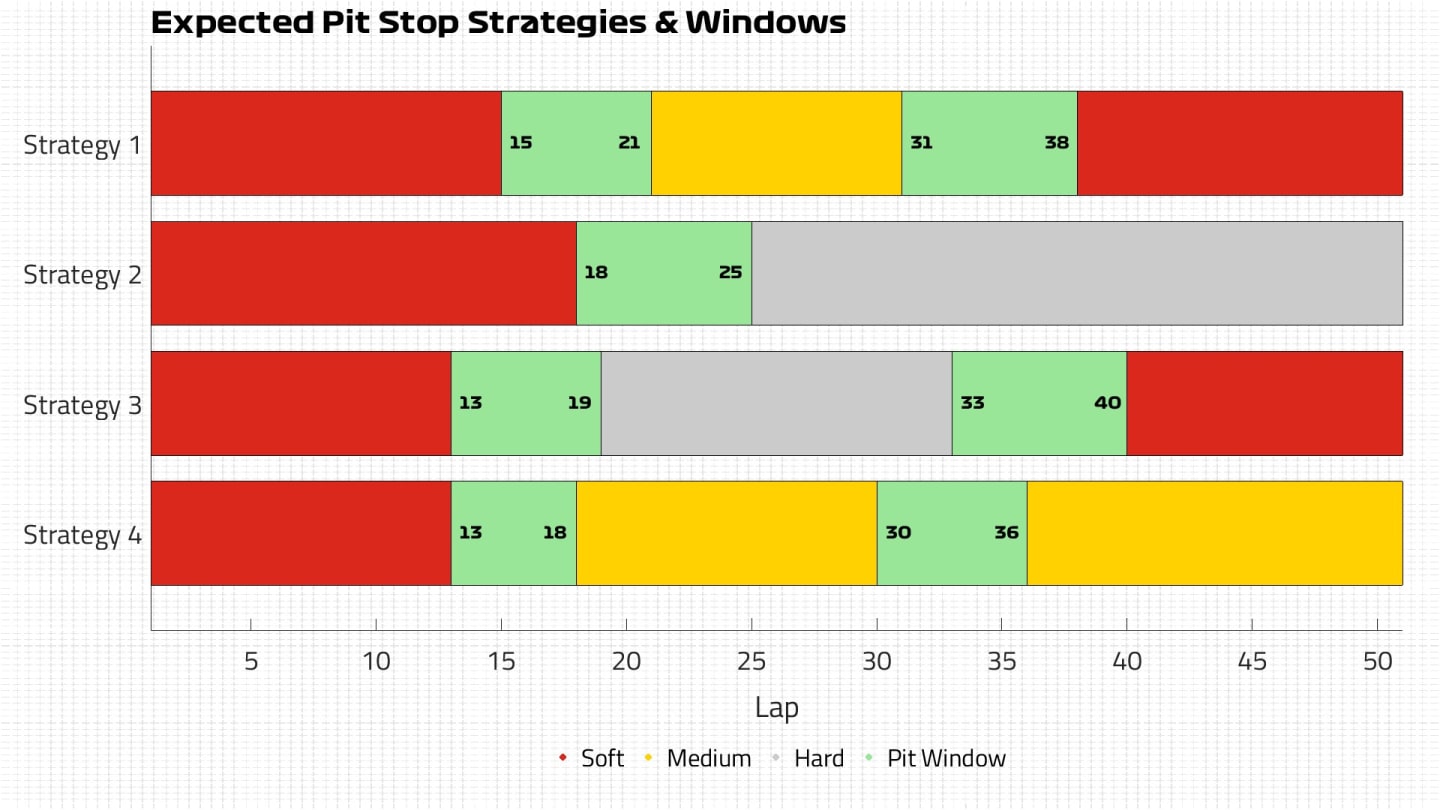
How about a different option for the top 10?
The two-stop emerges as the quickest strategy because the levels of degradation seen so far have been higher than Pirelli expected, but that can partly be put down to the fact that the first dry running was on Saturday in FP3 and therefore the track has had little time to rubber in. As the track gains grip, then degradation can improve and that might push some teams more towards a one-stop strategy.
Suzuka has traditionally been a challenging track to overtake on, but the new cars could play a role in making that easier and the two-stop more attractive. If it still proves difficult, however, then starting on the soft and extending the first stint to a window of between Lap 18 and Lap 25 would mean it’s possible to switch to the hard tyre and run to the end of the race.
This strategy would require some pace management, and also comes with some unknowns as the teams were unable to do a huge amount of long running on the hard tyre during FP3. But the signs are that the hard tyre will work consistently, and be a better option if the weather improves on the forecast and sees warmer temperatures.
A more conservative option on that front would be to one-stop by starting on the mediums, but this would give up a chunk of performance in the opening stint to all of those on softs, even if it would mean being able to run a few laps longer.
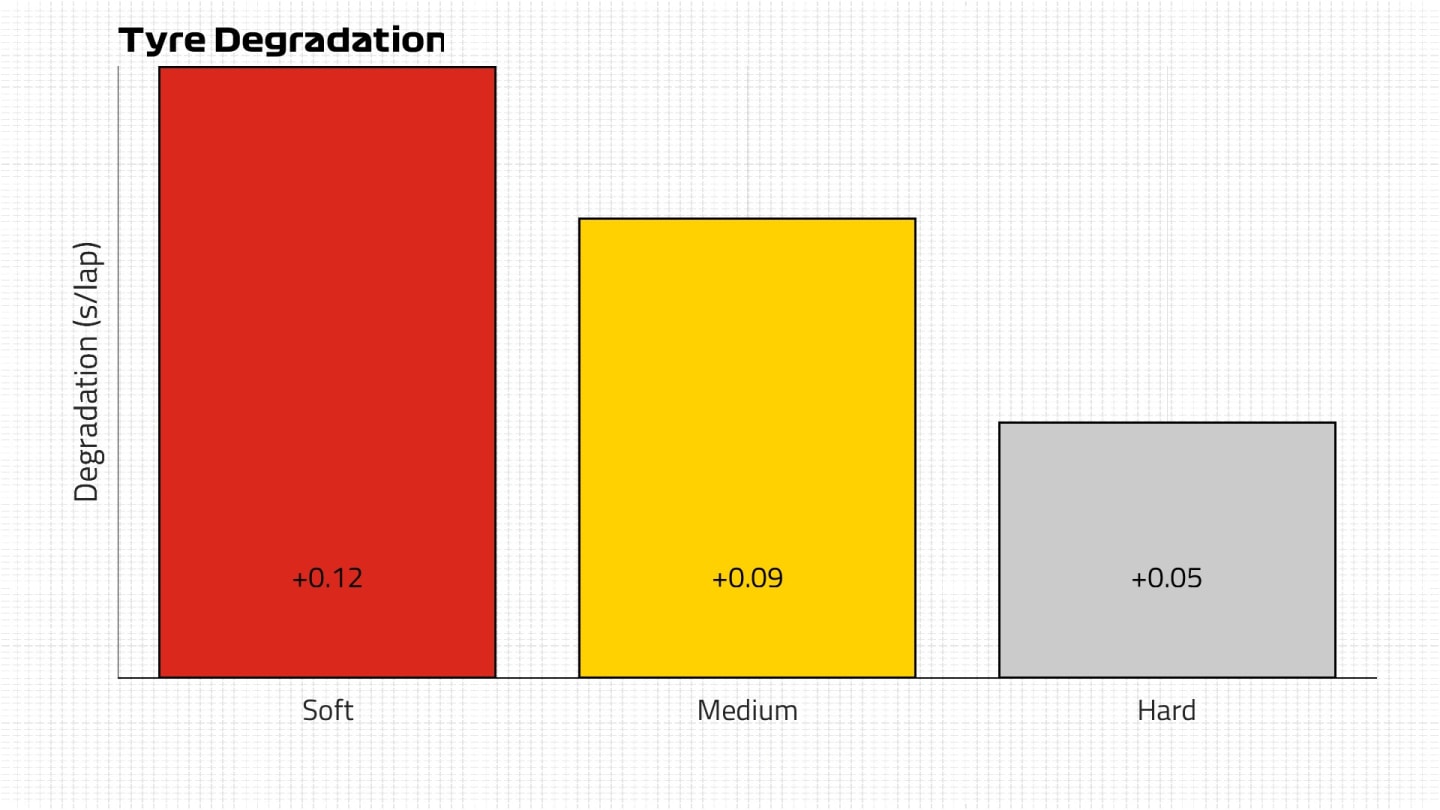
What are the options for the bottom half of the field?
Starting on the soft tyre seems to be the way to go for the majority of teams regardless of grid position, with two other variations on the two-stop strategy possible, The first would follow the one-stop approach in many ways, running until an earlier pit window of Lap 13 to 19 before switching to hard tyres.
If the first stint was extended long enough then it could be possible to go to the end, but if degradation proves too high and overtaking is possible then returning to the softs for the final stint is still a quick way to the finish.
POINTS PERMUTATIONS: What Verstappen needs to do to win his second drivers’ crown in Japan
That’s a strategy that is available to all drivers, but there’s one more that also has potential – but depends on tyre availability. Following a similar pit window to the fastest soft-medium-soft strategy listed above, teams could consider using another set of mediums for the final stint.
Doing so would provide a bit more flexibility in terms of pit windows and allow drivers to push a bit harder, and with all of the strategies predicted to be within five seconds of each other there’s no significantly slower option. But only Ferrari, Mercedes and Williams have the possibility to do two stints on the mediums, with both Mercedes drivers having a new and a used set rather than two new after completing their first Q1 runs on that compound.
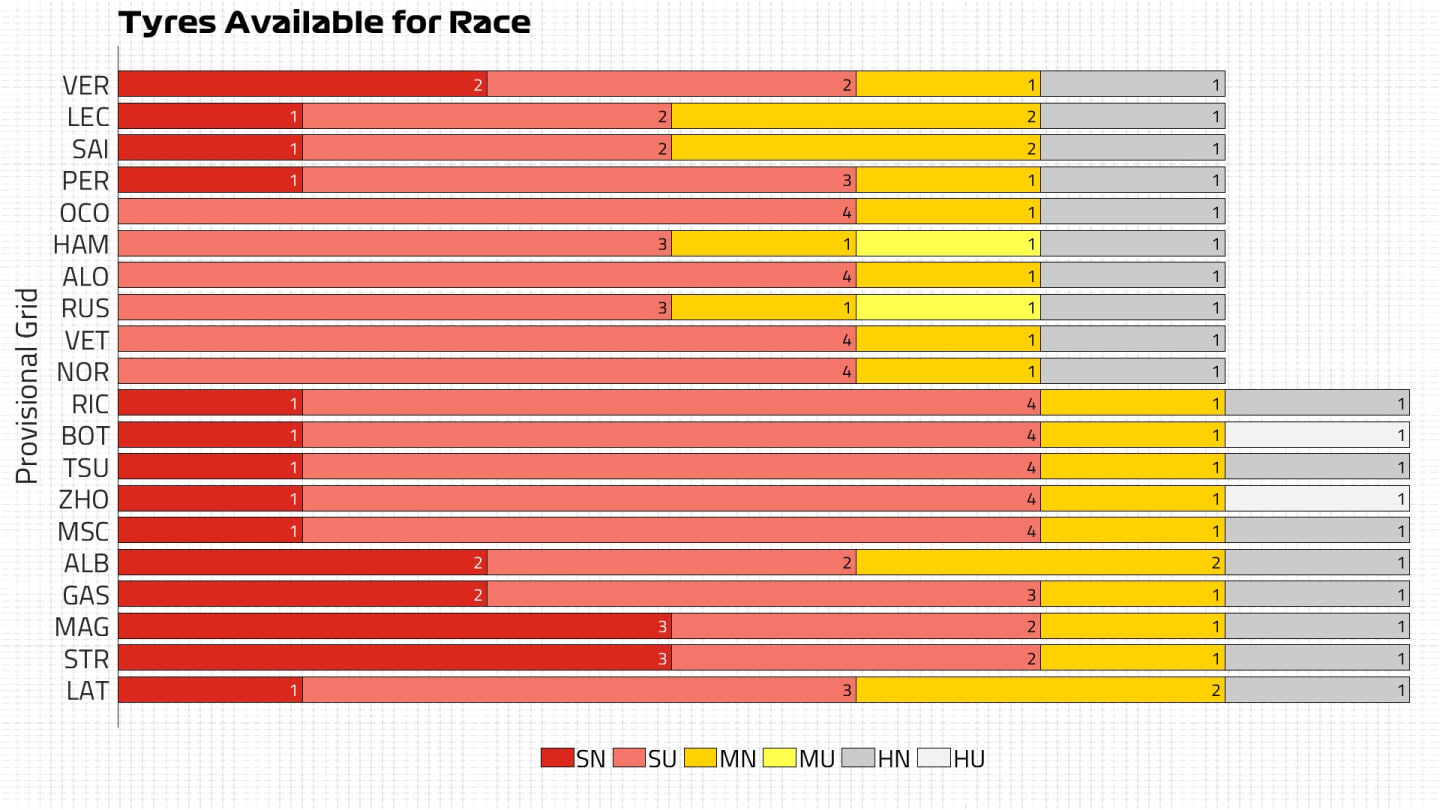
Wait, but what’s the weather doing?
Now, for the second week in a row, this is where things get very interesting. The weather forecast is for rain to hit on Sunday afternoon – but the big unknown is the timing.
Unlike Singapore, where a heavy downpour cleared and after a delayed start the track was slowly drying as the race progressed, there’s a strong chance of rain hitting Suzuka close to the start time of 1400 local time and that only increases as the race wears on. So if the race starts dry, it’s very likely to end wet.
READ MORE: John Hugenholtz – the circuit designer who made Suzuka his 'magnum opus'
Teams will be factoring this into their strategic calculations, and it’s one reason the soft would be preferred as it is the best slick tyre to be on when it starts to rain as it offers the most grip.
But if it’s not raining at the start of the race, the ideal strategy will allow a driver to run as long as they need to before the rain hits, making one pit stop to switch to intermediates rather than having already changed slick tyres once.
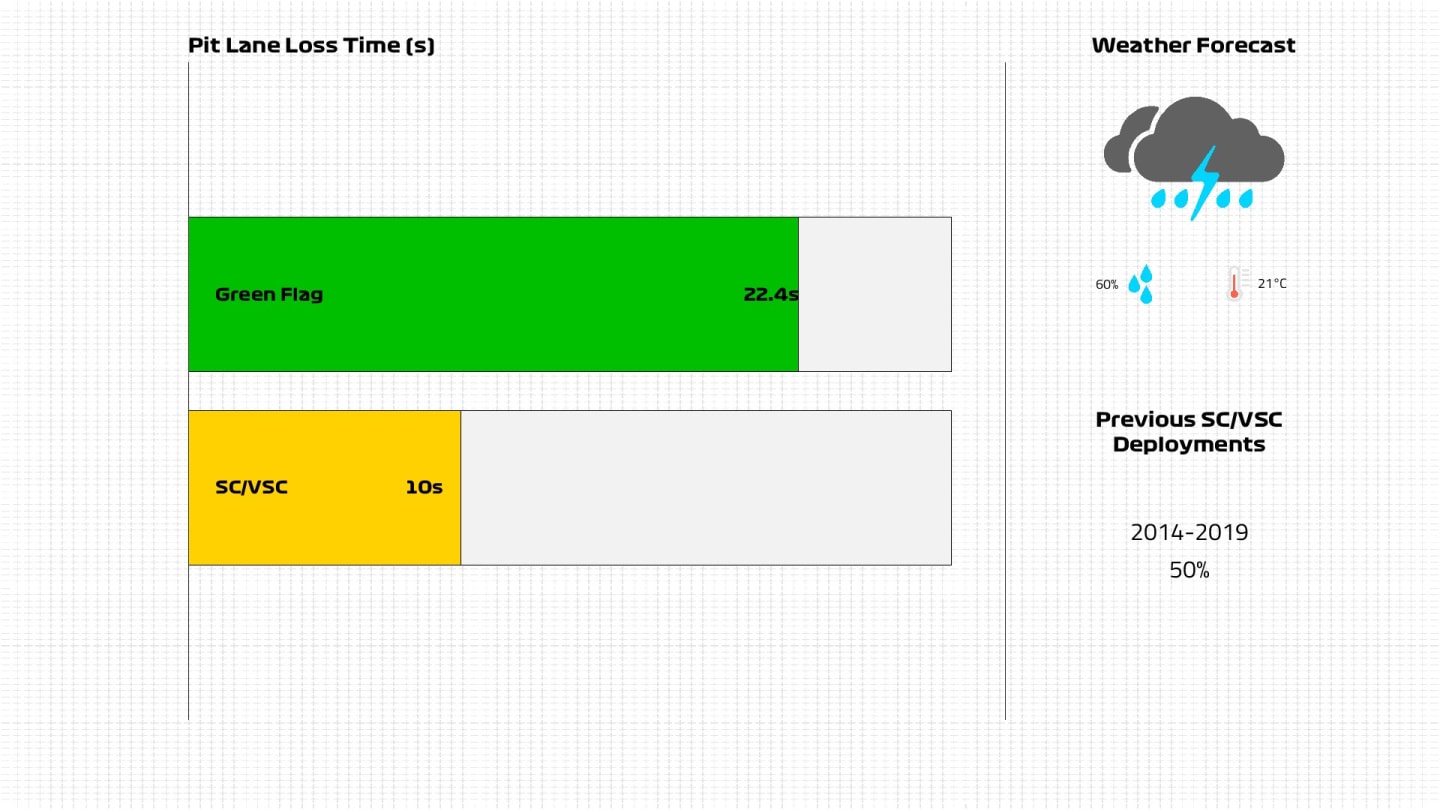
That would suggest the hard compound could be seen at the start, but if rain is in the air it’s likely to be overcast and cooler than is ideal for the hard, meaning a lot of lap time would be lost in the dry portion of the race and the tyres would be even more difficult once rain started to fall.
We haven’t been able to see the crossover point in practice so far this weekend but the prediction is for it to be around 1m39s or 1m40s to force drivers onto intermediates (or back onto slicks on a drying track).
HIGHLIGHTS: Watch the action from qualifying at Suzuka as Verstappen pips Leclerc and Sainz to pole
Potentially just as important would be the crossover from intermediate to full wet if the rain gets very heavy, which is calculated to be in the 1m48s region.
Should rain hit, that is likely to increase the possibility of a Safety Car or Virtual Safety Car, in which case more pit stops will be seen as the time lost in the pits drops from just over 22 seconds to 10 seconds.
YOU MIGHT ALSO LIKE
News 'He'll be back' – Norris insists Sainz’s ‘time will come again’ as Spaniard prepares for Williams journey
Feature Everything you need to know about the 2025 F1 Sim Racing World Championship
News All the 2025 F1 driver numbers confirmed in full
FeatureF1 Unlocked F1 ROOKIES QUIZ: How much do you know about the new drivers set to hit the Grand Prix grid in 2025?
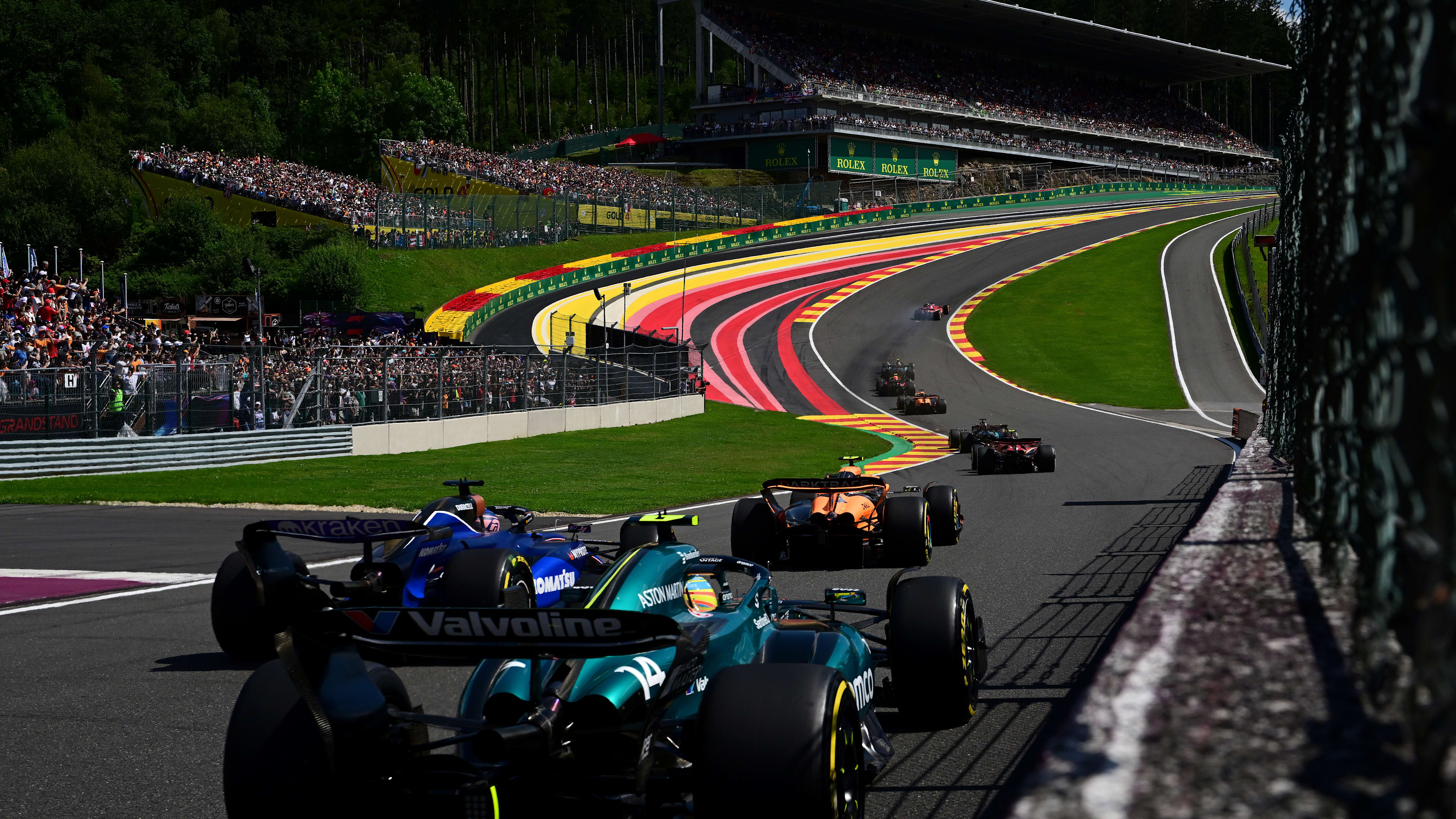
)
